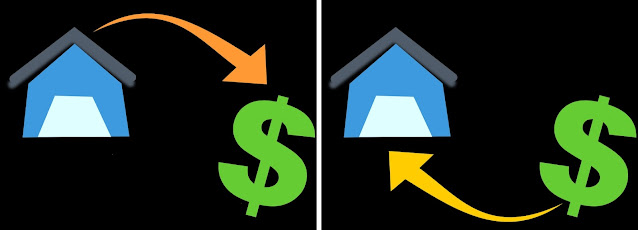WebHook : An Unidirectional Business Event
API considers an excellent and efficient way to create communication between homogeneous, heterogeneous or legacy systems. It runs over HTTP, so it performs fast and smoothly, but in communication services , a new mechanism is introduced known as Webhooks. Generally Webhooks notify receivers about events by making requests to receiver endpoints.
WebHook is a lightweight HTTP pattern for connecting Web APIs and services with a Publish/Subscribe model.
Generally, WebHooks are called reverse API, but that doesn't mean it works in reverse mode. This means that the sender does not need to have the request initiated at the sending end. WebHooks are a way for one app to have real-time information for other apps.
Comparison between API and WebHooks:
Webhooks is a lightweight HTTP pattern for connecting Web APIs and services with a publish/subscribe model.
WebHook is a lightweight HTTP pattern for connecting Web APIs and services with a publish/subscribe model. It involves only one way communication and delivers data to other applications as it happens. WebHooks are a way for an app to provide other applications with real-time information. when an event happens on the trigger applications, it serializes data about that event and send it to a WebHooks URL form the action application.
There are three parts to using Webhooks:
- Creating or configuring a service to consume WebHook requests.
- Registering WebHook step on the Dataverse service, or
- Invoking a WebHook from a plug-in or custom workflow activity.
A WebHook allows the provider to send data to your application as soon as the event occurs.













Comments
Post a Comment